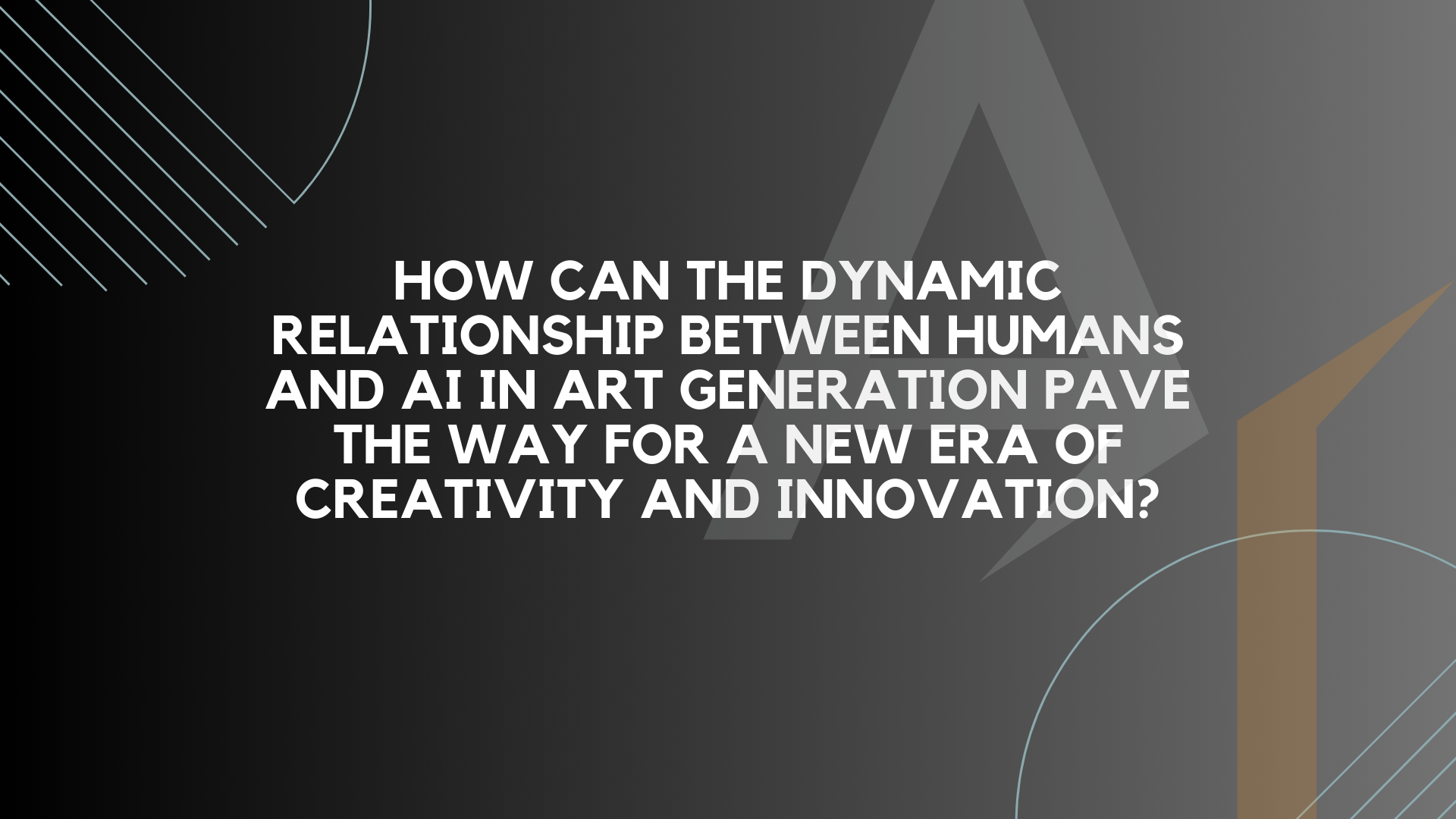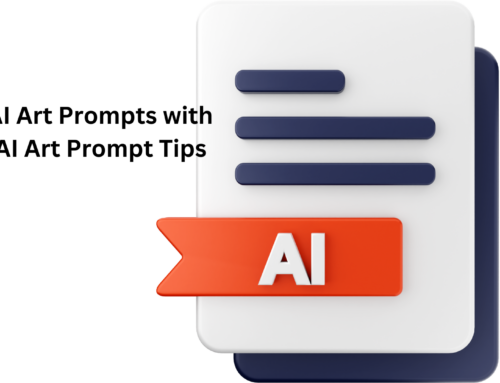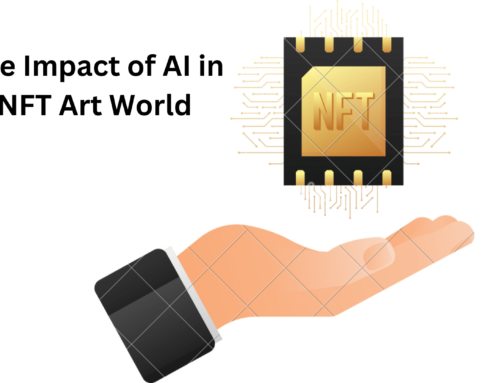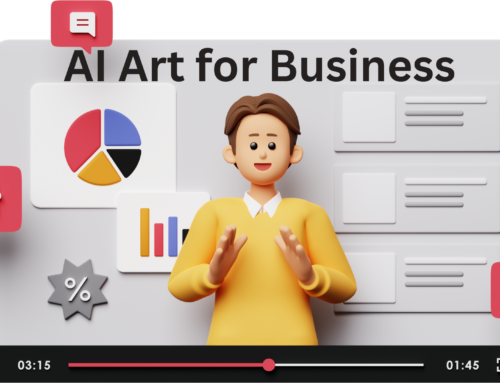Imagine a world where paintings, sculptures, and masterpieces are not solely crafted by human hands but also by the genius of artificial intelligence. Welcome to the fascinating realm of AI art generation, a futuristic canvas that’s redefining the boundaries of creativity.
The Evolution of Creativity in the Age of Generative AI
As we dive into the future, it’s clear that AI is making remarkable strides in the world of art. Gone are the days when art was confined to the realm of traditional mediums. Today, AI is emerging as a co-creator, unleashing a wave of possibilities in the art world.
But how is this impacting the art world? Well, AI art is not just about replicating existing styles; it’s about creating something entirely new. Artists and technologists are collaborating to develop algorithms that learn from the vast expanse of human art history and produce pieces that are a blend of tradition and innovation.
Now, let’s hear what the experts have to say. According to Abhishek Shah, The Founder of Testlify, “In terms of emerging trends, we anticipate a significant shift towards AI-driven customization, where algorithms adapt to individual artistic styles, fostering a more seamless integration of AI in the creative process. Advancements in technology are likely to enable deeper collaboration between AI and human creators, allowing for a more symbiotic relationship. The future holds exciting possibilities for the convergence of AI art generators beyond visual arts, extending into music, literature, and other creative domains. The potential for collaboration is vast, offering a unique fusion of computational precision and human intuition, ultimately enhancing the richness and diversity of artistic expression.”

Exploring AI Image Generators in Artistic Evolution
As we explore the future of AI art generation, it’s crucial to understand the evolving role of AI in art. Some argue that AI art is revolutionizing the creative landscape, challenging the conventional norms of how we perceive and create art. The integration of AI into art processes opens up new possibilities, allowing artists to collaborate with artificial intelligence art generators to co-create stunning pieces. In the case of AI art generation, stability in AI algorithms plays a significant role, ensuring consistent and high-quality output. The rise of AI art is not about replacing human creativity; rather, it’s about leveraging technology to enhance and create new art experiences.
🤖 Versatility of AI Art Generators: AI art generators can be used across various art forms, from paintings to digital art, showcasing their versatility and adaptability.
🌐 Exploring the Future of AI in Art Exhibitions: As the use of AI in art becomes more prevalent, art exhibitions are becoming platforms to showcase the collaborative works of future artists and AI systems.
🎨 Enhancing the Creative Process: The use of AI art generators could revolutionize how artists approach their work, providing innovative tools to explore and expand their creative boundaries.
🔄 Dynamic Relationship Between Humans and AI: The integration of AI in art highlights a dynamic relationship where humans guide the process while AI contributes its unique capabilities.
In this exciting landscape, the future of AI art generation holds promise for both artists and enthusiasts. It’s not just about creating a piece of art; it’s about exploring the synergy between human creativity and the capabilities of artificial intelligence, creating a harmonious blend that enriches the world of art.
The Fusion of Human Creativity and ChatGPT
Looking ahead to the future of AI art, things are getting really interesting! Imagine this: AI technology, especially generative AI and smart algorithms, is changing the art world. It’s like having a super-smart artist buddy. The use of AI, like these cool image generators, is becoming a big deal in creating art. It’s not about replacing human creativity; it’s more like teaming up with AI to make amazing things.
In the future of AI art, machine learning algorithms are like the secret sauce. Artists can use them to mix human creativity with the precision of AI. It’s not just about making art look better; it’s about breaking the limits of imagination. From spicing up traditional art methods to using chatGPT for interactive art, it’s a blend of human and AI working together. So, it’s not a question of AI taking over; it’s about how it’ll jazz up and redefine what making art is all about. It’s like having a creative partner that’s part human, part machine.
The Promising Future of AI Art Generators
As we look into the future of AI art generators, it’s clear that they’re not just tools; they’re shaping the very landscape of creativity. The impact of AI-generated art is rippling through the art world, giving rise to new forms of expression and collaboration between AI and human artists. It’s like having a whole new palette of colors to create art pieces that were once beyond our imagination. The future of AI in art creation isn’t about replacing humans; it’s about the incredible synergy between AI algorithms and the creative minds of artists, giving birth to new and exciting art forms.
Imagine a world where AI image generation is seamlessly woven into the fabric of the art industry. It’s not science fiction; it’s the future of art. The influence of AI in art creation goes beyond just making things look cool; it’s about pushing the boundaries and creating new art that was unthinkable before. The relationship between AI and human artists is evolving, leading to a contemporary art scene where the lines between the contributions of AI and human creativity are beautifully blurred. The impact of AI is not just about generating new art; it’s about creating a future where AI and human artists collaborate to bring forth a whole new era of artistic brilliance.
How AI Generates Images and Inspires Creativity?
Art has always been a vibrant expression of human creativity, and as we step into the future, the canvas of artistic possibilities is expanding with the emergence of AI-generated artwork. The question of whether AI art can be considered authentic is sparking discussions in art schools and among art enthusiasts worldwide. Traditional art forms are colliding with new AI art styles, creating a fascinating blend that challenges our perceptions. As the world of art becomes increasingly intertwined with advancements in AI, the future holds exciting prospects for new forms of creativity and innovation.
🎨 Diverse Art Styles: AI art introduces a myriad of styles that range from surrealism to abstract, pushing the boundaries of what we perceive as ‘art.’
🧑🎨 Collaboration Between AI and Human Artists: The synergy between AI and human artists is paving the way for collaborative masterpieces, where technology and human intuition converge.
📜 AI Regulation in Art: The rise of AI-generated art prompts discussions about the need for regulations to ensure ethical and responsible use in the artistic realm.
🔄 Redefining Authenticity: Debates surrounding the authenticity of AI-generated art challenge our preconceptions and redefine the very essence of what it means for art to be ‘human-made.’
🌐 Global Impact on Art Schools: Art institutions are adapting to the changing landscape by incorporating AI art into their curriculum, preparing the next generation of artists for a blended future.
In this bright future, where AI and human artists collaborate, the world of art is witnessing a fascinating evolution that not only challenges the conventional norms but also opens the door to new possibilities. The emergence of AI art is not meant to replace traditional art; rather, it complements it, offering a canvas where the lines between technology and creativity blur in unprecedented ways.

The Art of Play with Airbrush AI
In the realm of art and creativity, Airbrush AI emerges as a powerful ally, seamlessly blending the talents of human artists with the wonders of artificial intelligence. This text-to-image generator tool introduces a new era of artistic expression. Airbrush AI stands out as a game-changing text-to-image generator tool with five key features and benefits:
- Text-to-Image Conversion: Translates written descriptions into visual images.
- Artistic Styles: Offers various styles for creative customization.
- Experimentation: Allows quick and efficient experimentation with different concepts.
- Collaboration: Enhances collaboration between AI and human artists.
- Accessibility: Facilitates easy digital art creation for artists of all levels.
Closing Remarks on AI’s Impact on the Art World
In conclusion, the future of AI art generation holds exciting possibilities that bridge the creativity of human artists with the capabilities of artificial intelligence. It sparks questions about the role of AI in art creation, challenging traditional notions of creativity and originality. As we delve into the realm of generative art, we witness a fascinating interplay between human artists using AI tools and computer programs that use art algorithms. These art generators are trained to produce new, innovative, and original pieces, expanding the horizons of what we consider traditional art. The emergence of abstract art created by human artists collaborating with AI adds a new layer to the art landscape, inviting us to rethink how we experience and perceive art. As we navigate this uncharted territory, educators in the field of art must adapt to the integration of AI in art education, preparing the next generation to engage with these new and cutting-edge tools. The journey into AI-powered art generation is not just about creating new images; it’s about exploring the possibilities that arise when human creativity collaborates with the computational prowess of AI.








Leave A Comment